I set off on a pilgrimage not so very long ago, inspired by the contemporary landscape design of Parc André Citröen – representing the work of Alain Provost and Gilles Clement.
The park rose up in the southwest corner of Paris in the Javel neighborhood, a site appropriated as part of the city’s urban renewal efforts, after the closure of the Citröen car factory.
Away from the well-trod tourist paths, Parc André Citröen has won praise (and criticism, alike) for the forward-looking aspects of its design: A complex geometric layout full of surprising juxtapositions and horticultural interest.
Elements of cool postmodern style appear as architectural devices, defining the character of discrete spaces. At the same time, sequestered areas are given over to lush planting schemes and shaded allées, fostering a sense of intimacy. The parkland extends over 30 acres, and futuristic bent aside, its plan encourages visitors to linger amid open areas of lawn, a bamboo grove, and a rock garden.
Large-scale water features call to mind the aesthetic fountains and pools of classical landscapes, while inducing young and old to relax and refresh. Arranged on an axis perpendicular to the Seine, the totality of the park is oriented to echo the order of historic Parisian parks farther upriver.
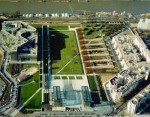
Overview – www.worldarchitecture.org
The overall design concept puts into play an often startling sense of contrast, advancing from obviously man-made configurations to areas meant to reveal the spirit of untouched, natural places. At the heart of the park is a sprawling grassy expanse set off by a wall of clipped hedges and promenade evocative of formal French gardens.
Water elements lend particular distinction to a number of compartmentalized environments. Entering one such space, you see water flowing gently over an inclined wall, while directly across the way, its counterpart achieves drama with a decidedly vigorous deluge over a stepped surface.
Cascading plantings of fragrant herbs echo the waterfall’s architectural form.
Moving on, a series of small theme gardens emerges, revealing a richness of shrubs, specimen trees and perennials. Unusual plant material is noteworthy in creating atmospheric garden spaces, such as the Jardin Blanc & Jardin Noir.
A tunnel passage signals the transition to another color-themed space, accented with blue salvias, fragrant mints, California lilacs, a wisteria-draped arbor, and a pergola cloaked in variegated porcelainberry vine melded with clematis. At another juncture, towering mirrored-glass buildings are partnered with a long reflecting canal. The crisp outlines of the adjacent hedges restate the angular facades.
Suggesting sanctuary, an array of small-scale buildings line up along a walkway. A bold rectangular opening entices me to enter one structure, where I find an interior that capitalizes on a play of light and shadow created by a slat roof: The floor wears a carpet of Scotch moss.
When in Paris .. Parc André Citröen is located in the 15th arrondisement: Metro stop Balard or Javel.
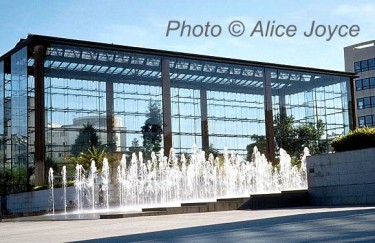

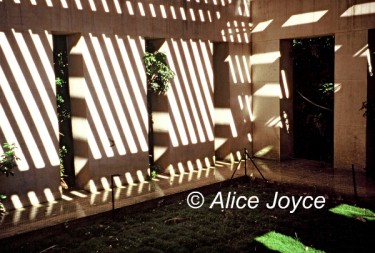
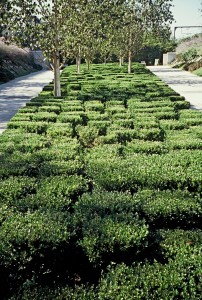
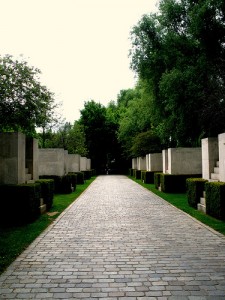
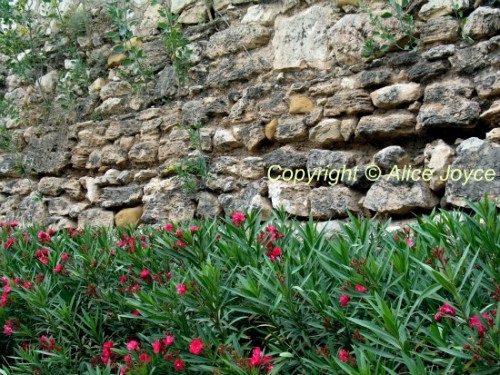
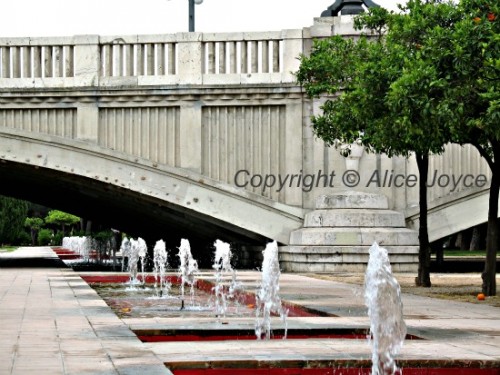
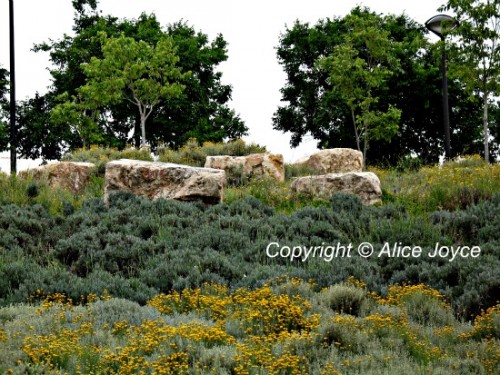
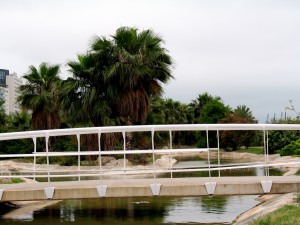
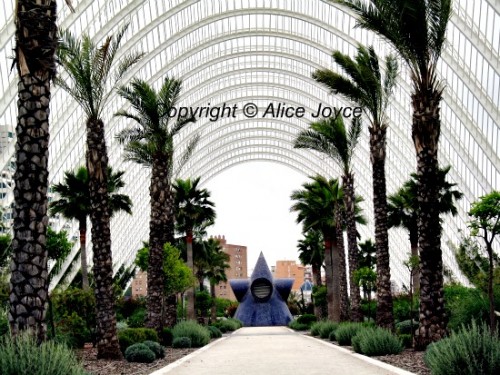
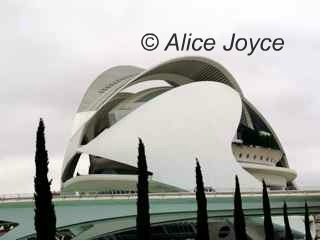
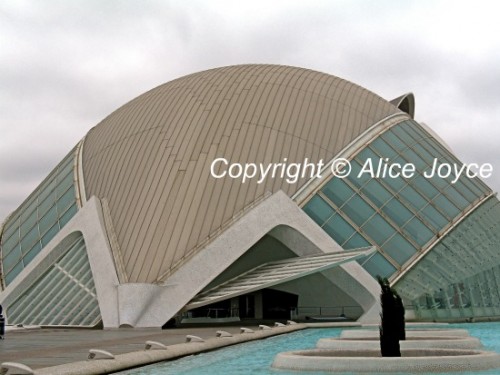
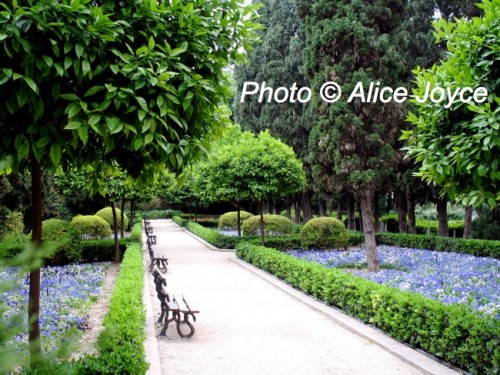
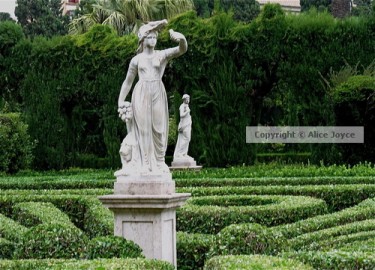
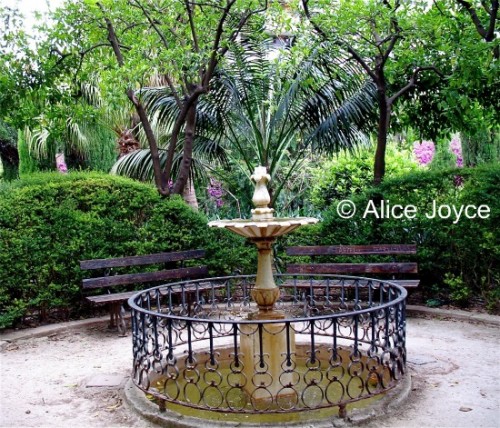
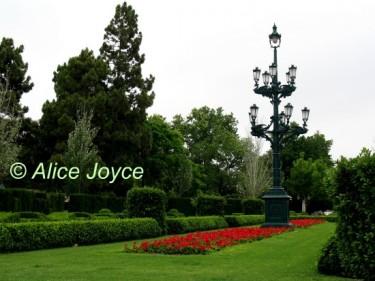
Comments